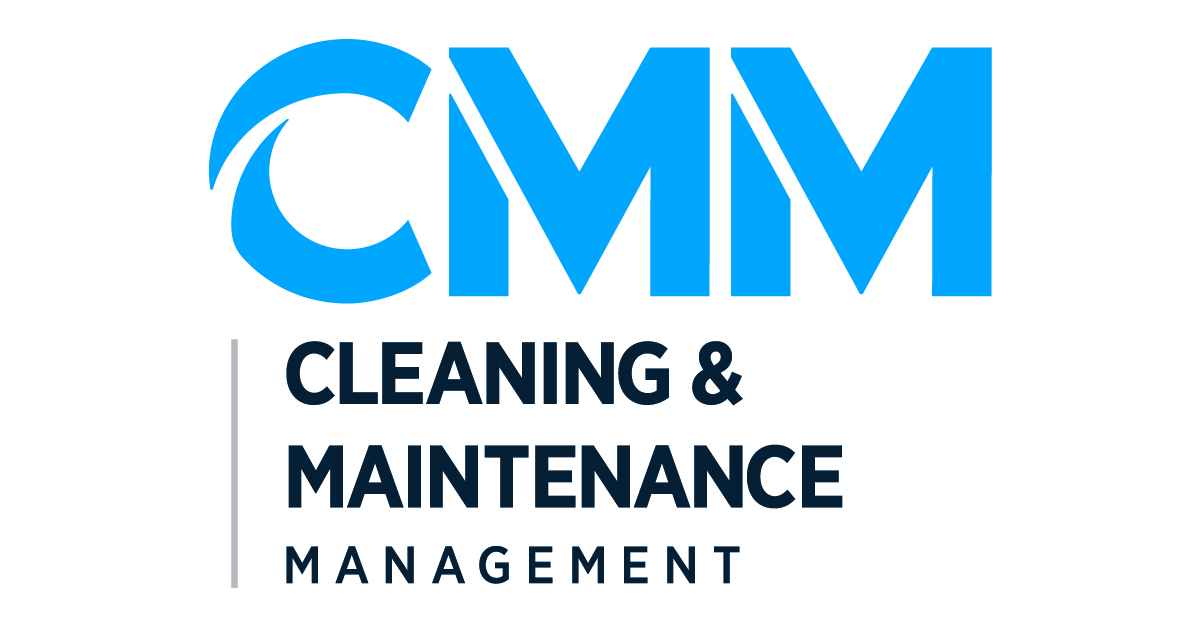Fitness
Rare Drug-Resistant Flu Variant Detected in U.S. | Cleaning & Maintenance Management

The World Health Organization (WHO) latest report on antibacterial agents, including antibiotics, in clinical and preclinical development worldwide shows the industry is growing. The number of antibacterial agents in the clinical pipeline increased from 80 in 2021 to 97 in 2023. Unfortunately, a pressing need remains for innovative antibacterial agents for serious infections and to replace those becoming ineffective due to widespread use, WHO said.
WHO’s annual report evaluates whether the current research and development (R&D) pipeline properly addresses infections caused by the drug-resistant bacteria most threatening to human health, as detailed in the 2024 WHO bacterial priority pathogen list (BPPL). Both documents aim to steer antibacterial R&D to counter the threat of antimicrobial resistance (AMR).
While AMR is driven largely by the misuse and overuse of antimicrobials, many around the world do not have access to essential antimicrobial medicines.
“Antimicrobial resistance is only getting worse yet we’re not developing new trailblazing products fast enough to combat the most dangerous and deadly bacteria,” said Dr. Yukiko Nakatani, WHO assistant director-general for antimicrobial resistance ad interim. “Innovation is badly lacking yet, even when new products are authorized, access is a serious challenge. Antibacterial agents are simply not reaching the patients who desperately need them, in countries of all income levels.”
Of the 32 antibiotics under development to address BPPL infections, the U.S. Centers for Disease Control and Prevention (CDC) found only 12 are innovative. Additionally, just four of these 12 are active against at least one of WHO’s critical pathogens—critical being the BPPL’s top risk category. Gaps also exist across the entire pipeline, including in products for children, oral formulations more convenient for outpatients, and agents to tackle rising drug resistance.
Looking at newly approved antibacterials, 13 new antibiotics have obtained marketing authorization since July 2017, but only two represent a new chemical class and can be termed innovative.


)






